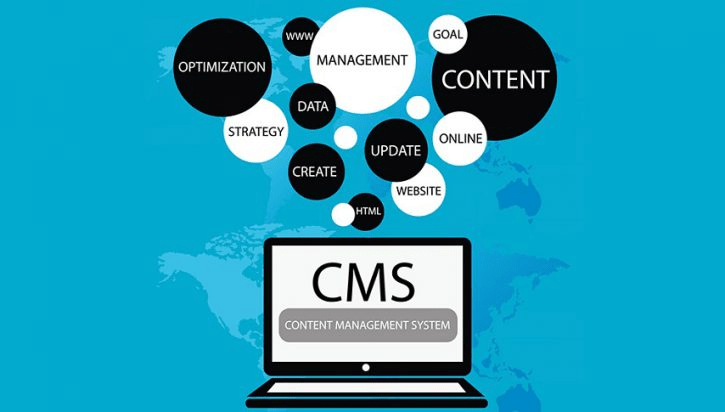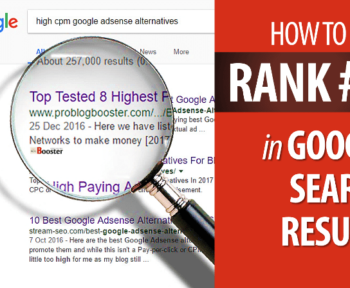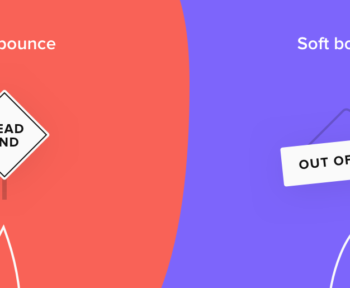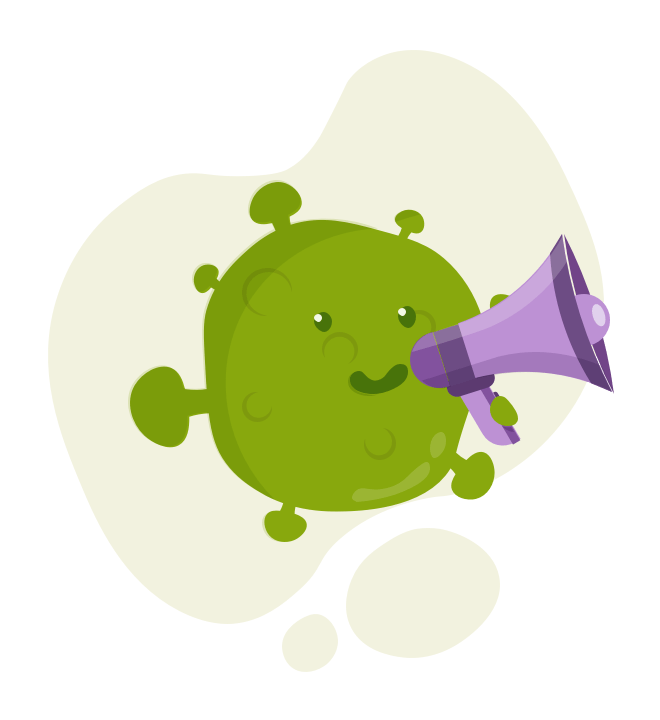A website is a crucial tool for businesses, organizations, and individuals to have an online presence and reach a wider audience. Whether it’s a simple one-page website or a complex e-commerce platform, a website typically consists of several key components. In this article, we will explore the five basic parts of a website and how they come together to create a functional and effective online presence.
Table of Contents
1. Domain Name and Web Hosting
The first step in creating a website is to choose a domain name and secure a web hosting service. Your domain name is the address of your website, such as “www.example.com”. A web hosting service is a company that stores your website files on servers and makes them accessible to the world via the internet. There are many web hosting providers to choose from, and the cost can vary greatly depending on the size of your website and the features you need.
2. Content Management System (CMS)

A content management system (CMS) is software that allows you to easily create, manage, and publish your website content. A CMS is a user-friendly interface that provides a simple and intuitive way to manage all aspects of your website, from images and videos to text and navigation menus. Some popular CMS options include WordPress, Joomla, and Drupal.
3. Design and Layout
The design and layout of your website is the first thing that visitors will notice, and they can have a significant impact on their impression of your brand. A well-designed website is visually appealing, easy to navigate, and responsive, meaning that it looks great on any device, from desktop computers to smartphones. A website’s design should reflect your brand’s values and personality, and it should be optimized for both search engines and users.
4. Content
The content of your website is what visitors come to see and what search engines use to determine your website’s relevance and authority. Content can include text, images, videos, and other media, and it should be optimized for both search engines and users. The content should be original, high-quality, and relevant to your target audience. It should also be optimized for keywords relevant to your business, to help improve your search engine rankings.
5. User Experience (UX)

User experience (UX) is the overall experience that a user has when visiting your website. It encompasses everything from the way the website looks and feels to the ease of use and the speed at which pages load. A great user experience is crucial for engaging visitors, building trust, and encouraging them to take action, whether that’s filling out a form, making a purchase, or simply sharing your content.
Final thought
In conclusion, a website consists of five basic parts: the content, the structure, the presentation, the functionality, and the domain name. Each of these parts is essential in building a website that is both effective and user-friendly. The content provides the information and messaging that the website is intended to convey, while the structure organizes that information in a way that is easy for users to navigate.
The presentation, through the use of design elements such as colors, typography, and images, enhances the overall visual appeal of the website. The functionality, such as forms, buttons, and links, allows users to interact with the website in meaningful ways. Finally, the domain name provides a unique identifier for the website and helps users to find it online. When these five parts are combined in a thoughtful and effective manner, the result is a website that is both aesthetically pleasing and functional.
FAQs
What is a domain name?
A domain name is the address of a website, such as “www.example.com”. It’s the first step in creating a website and is crucial for building an online presence.
What is a web hosting service?
A web hosting service is a company that stores your website files on servers and makes them accessible to the world via the internet. The cost of web hosting can vary greatly depending on the size of your website and the features you need.
What is a content management system (CMS)?
A content management system (CMS) is software that allows you to easily create, and manage.





